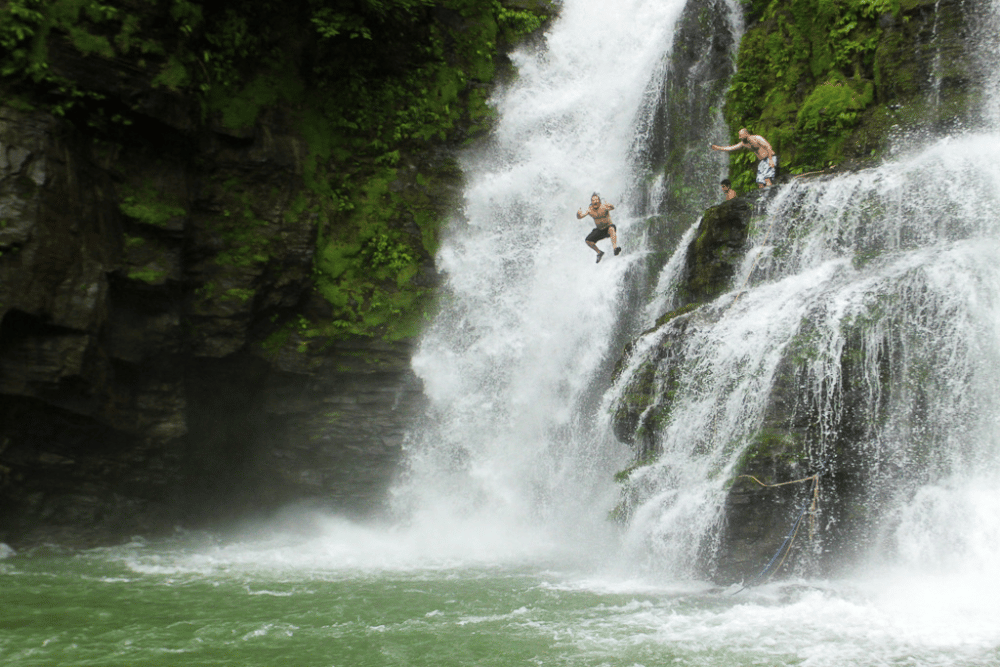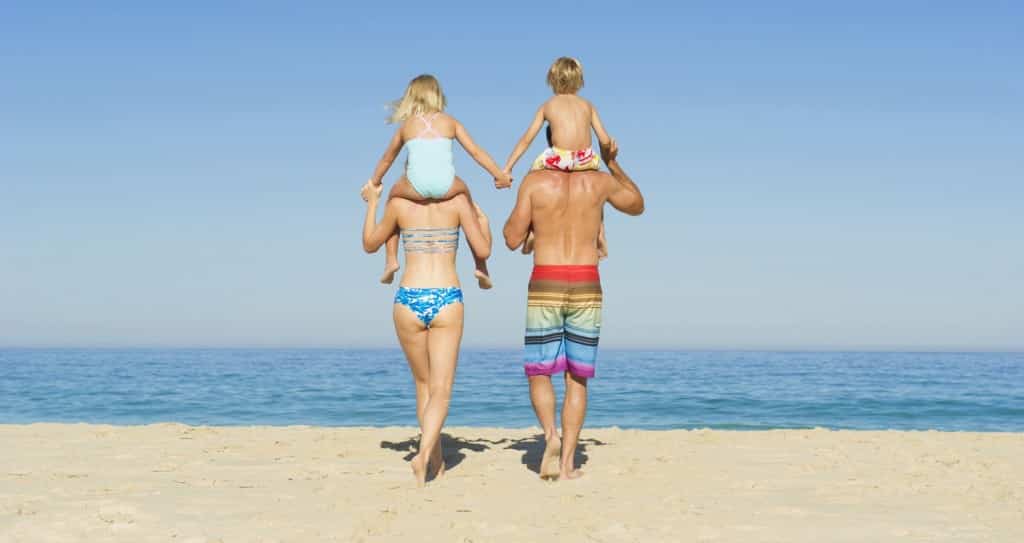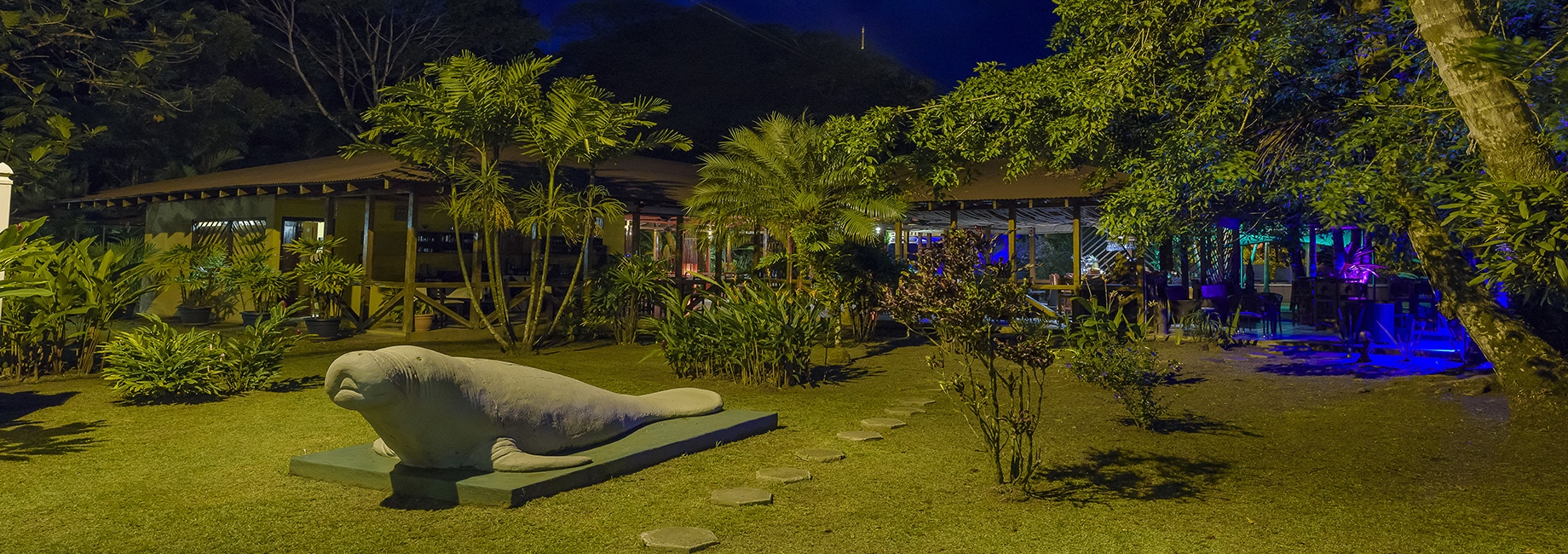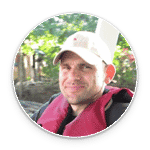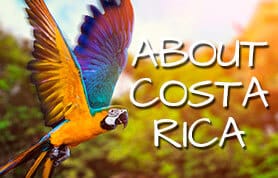It is located on the Pacific coast, 335 km from San José, on the southwest side of the Osa Peninsula. Corcovado National Park is the largest of the 27 national parks that comprise the Costa Rican Fund of the National Park System, which spans more than 263 square miles.
How to get?
It is a fairly isolated region and can be reached through Puerto Jiménez or Drake Bay.
It can be reached by road, by plane, and by sea, it depends on how much adventure the tourist is willing to take. If you go by road you can reach the destination through Puerto Jiménez, it has more road infrastructure and public transport. Another advantage to take into account, before planning your trip, is that Puerto Jiménez is closer to the entrance of P. N. Corcovado and that makes it easier to visit the Corcovado National Park. So it is one of the simplest options. It is important to know that you cannot enter the park by car (you can walk, or by boat), it is also not possible to do free camping, you spend the night at the Sirena station, which is located in the center of the park.
If the plan is to arrive by plane; You can go to both towns by plane, this is the right option if you do not have much time or are a much calmer person and you are not an adrenaline lover. The 2 companies that fly to these destinations are: NatureAir and Sansa. The journey takes approximately 1 hour.
But if you love adventure and you carry it in your blood then there is another option that may be more interesting, although this takes much longer, so if you are not in a hurry and would like to plan a couple of nights spending the night in this place, you could venture into boat to Drake Bay (It can only be reached from the town of Sierpe), this peninsula located south of Costa Rica, is reputed to be remote and very poorly urbanized, so you will get simple infrastructure; Only beaches, nice people, really amazing natural landscapes, and restaurants of fresh sea food. Drake Bay is one of those places that remain in the world where the human being has not yet managed to place his mark, and that nature is the predominant one. Drake Bay is one of those places in the world where human beings have failed to win the battle against nature.
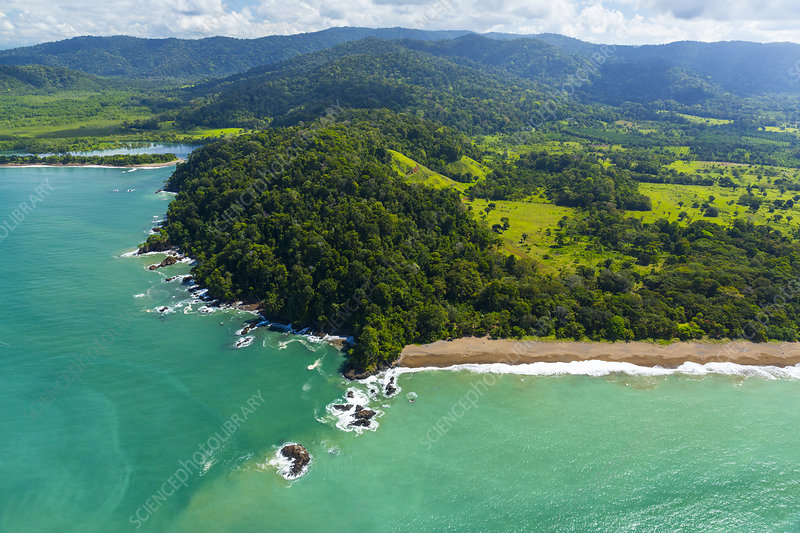
Corcovados Park has many hiking trails and rustic camping shelters. It is essential to enter with an authorized guide.
Try to stay alert, with your eyes open since in this adventure process you can see whales and barnacles in Corcovado, not to mention the variety of animals in danger of extinction that can be seen in this magical place.
Hiking and trekking
There are trails from “Los Patos” to “Sirena” (about 20 km), from “Sirena” to “La Leona” (16 km, partly by the beach), and from “Sirena” to “San Pedrillo” (24 km , almost everything by the beach). In addition, in the surroundings of the “Sirena” station there are paths through which you can make quite calm walks, with very good opportunities to observe animals, even some animals that in other places of Latin America are extinct. Among this diversity of routes to choose, it is said that those that are next to the beach are the best since in these very early since the beginning of the route you can start observing wild animals, such as the buzzard (species vulture), the marmoset monkey, the smallest in Central America or macaws, which have been targeted by the black market and whose price per couple reaches $ 12,000, also animals such as; the greenish dart frog, which with 30 grams of weight has poison capable of killing 10 adults, not to mention the sea animals that are observed in parallel, and also the extra points that the beautiful and relaxing sound of the waves provides, complemented with the spectacular landscape that they offer, with all its history, its calm, and peace.
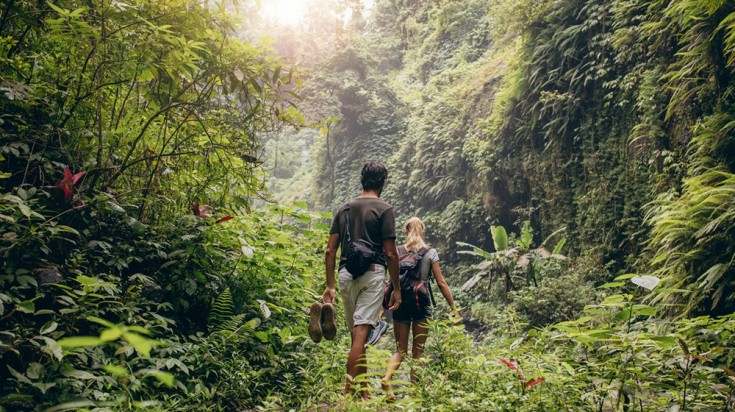
Tips before booking this multi-day trip:
- Heat and humidity are extremely high, so dehydration and heat exhaustion are quite common symptoms in the park, prepare and bring two liters of water per person and hydrating / energy drinks. Similarly, water is potable at each station, so you will have the opportunity to fill your bottles every time you pass through a station.
- It is important that you wear sunscreen, a hat and a long-sleeved shirt.
- It is advisable to have a good physical condition. This trip is not recommended for people with asthma, heart, knee and ankle problems or other limiting condition.
- There will be no meals available in the park without reservation. The dishes served in Sirena are balanced, made with local ingredients and served in generous portions (buffet style). It is important to report your diet, allergies and intolerances. The only foods you can take with you to the park are: nuts, dried fruits, energy bars, some snacks, hydrating drinks and water.
- Cross the rivers carefully, quickly and at low tide. Otherwise, the currents and tides are quite strong. In addition, the mouth of the rivers are home to crocodiles and sharks. Always follow your guide instructions to cross rivers.
- Only for prevention; in case of emergency bring your medications, a copy of your passport and your travel insurance information.
Breaking down the visitor services you have to offer the Park, you will find:
- Information,
- Park guard post,
- Walking trails,
- Signaling,
- Health services,
- Drinking water,
- Landing field,
- Camping area,
- Radiocomunication
- Rustic accommodation.
The currency that is handled is The colones They are very colorful bills and with figures of wild creatures embodied in the bills.
Office Hours:
From Monday to Sunday from 7:00 am to 4:00 pm
If you are a lover of adventure and Eco-Tourism this is your place to visit

